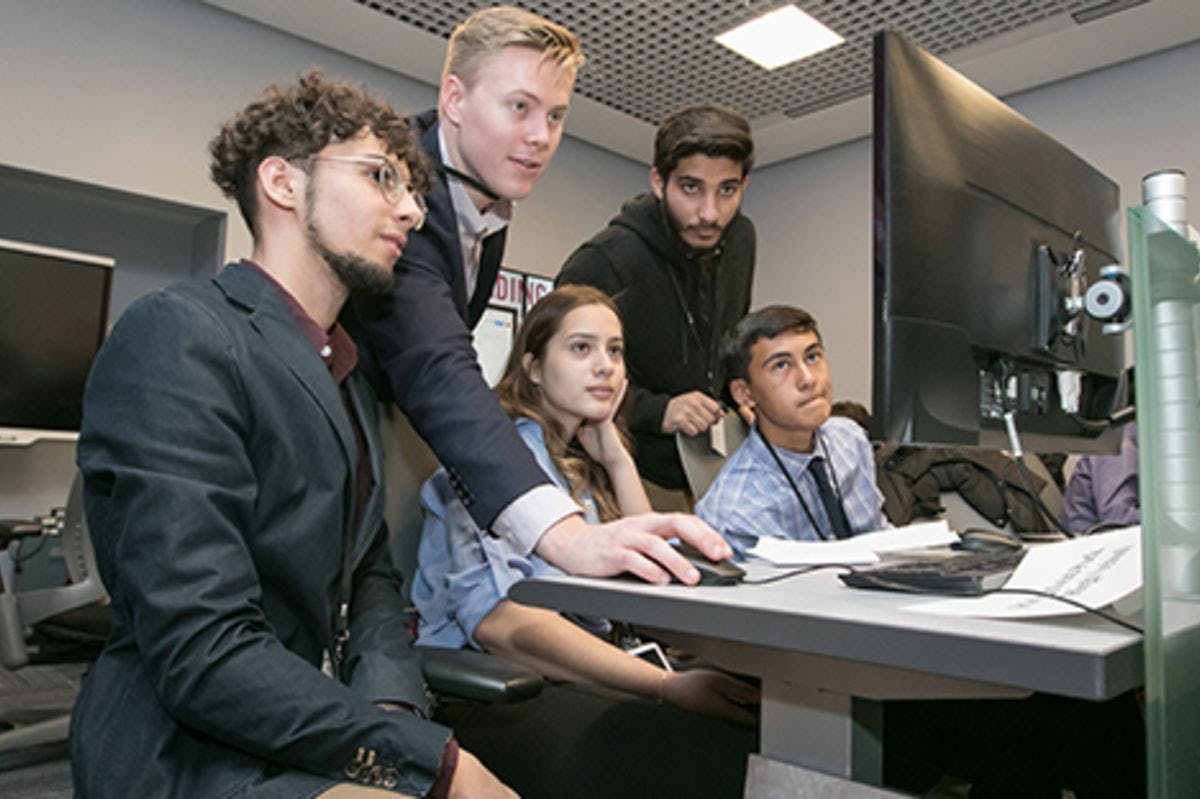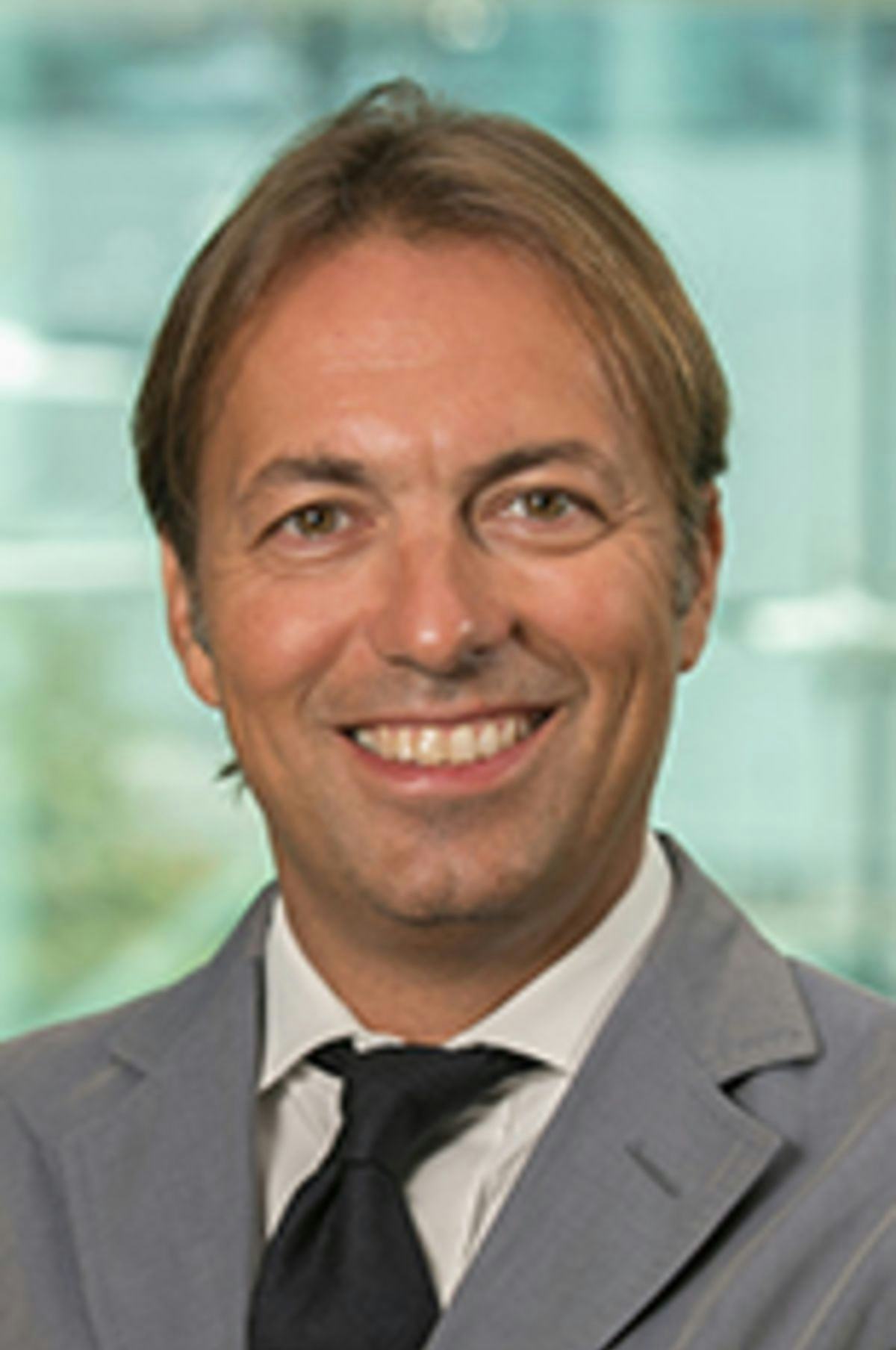In Ambitious Capstone Project, Stevens Senior Looks under the Hood of Securitized Auto Loans
Quantitative Finance Student’s Research Work, Born of Internship Assignment, Impresses at Innovation Expo
The two things Austin McDonnell ’18 best remembers about his first visit to Stevens Institute of Technology are the incredible view of the New York City skyline — and how warmly he was dressed.
When it came to looking at schools, Stevens was the furthest north the Jacksonville, Fla., native went, but he fell in love with the view and was impressed by the academic rigor of the programs — and it wasn’t as cold as he feared.
Now, after earning his bachelor’s degree in Quantitative Finance from the School of Business, he’s preparing for his next challenge — a competitive master’s program in Finance at distinguished Imperial College London.
Stevens 'had more to offer' for a career
“I’ve always been interested in engineering, mathematics and physics, so I was just looking at the more technical schools,” he said. “I saw Stevens was a lot more challenging and had more to offer than the other schools I looked at, in terms of pursuing the kind of career I wanted.”
McDonnell projects confidence and athleticism — he ran track at Stevens for two years and was a four-sport varsity letterman in high school — but as he was preparing to go to college, “I realized I wasn’t going to play sports my whole life,” he said. “I’m naturally drawn to challenging myself, which is why Stevens was so appealing to me.”
He found other avenues to challenge himself academically, especially through competitions like the Fed Challenge and CME Group Trading Competition, as well as SMIF, the university’s Student Managed Investment Fund. In fact, Imperial first got on McDonnell’s radar when its faculty visited Stevens and led some classes for SMIF, a relationship he leveraged in applying to Imperial.
“On my internship with DBRS, I worked with some people from London who told me about the business schools there, and Imperial really stood out,” McDonnell said.
McDonnell credits his SMIF experience with his internship success and in preparing himself for graduate school. Students in the SMIF course are challenged to take different roles in researching sectors and making recommendations for investments; the team manages more than $400,000 of Stevens’ endowment.
“It was the first class that, for me, that was really applicable to what I’d like to do in the future,” McDonnell said.
A truly unique research project
He got a further taste of that during his Senior Design classes, the two-semester capstone project for Stevens students. A research project McDonnell did examining the risks of subprime auto loans can be traced back to his work at DBRS, where he impressed managers with his ability to think critically about data and his skills in Python. Among his achievements were playing a lead role on a complicated modeling project that ended up getting published; his auto loans project builds on that work and the high-tech tools in the Hanlon Financial Systems Center.
The resulting project, unveiled at the May 2 Innovation Expo, “went way above expectations,” said Dr. Stefano Bonini, an assistant professor of Finance at Stevens who advised McDonnell on the project.
“Austin approaches problems in a creative way and puts the effort in,” Dr. Bonini said. “I know many professors at Imperial, and I know they’re going to be intrigued by his work.”
The project examines, for the first time, the quality of the individual assets comprising securitized auto loans. The finished product includes interactive visualizations demonstrating the kinds of risks last seen in the 2008 subprime mortgage crisis.
“We’re seeing something different, but disturbingly similar” to the prelude to the recession, Dr. Bonini said. “Austin built a tool to examine these deals and figure out what individual loans look like, what their default rate is and how likely those deals are to experience losses.”
There could be a future for McDonnell’s research insights, but in the near term, he’s more concerned with finding an affordable place to live near South Kensington — “fortunately, living so close to New York at least prepared me for the sticker shock,” he said. Longer term, he’s keeping his options open.
“One of the most interesting pieces of advice I’ve gotten so far was from an executive director at Goldman Sachs, who told me don’t get too specific, don’t pigeonhole yourself — you always have to be thinking about your next step,” he said.
Wherever he ends up, McDonnell said his Stevens experience has been invaluable.
“The coursework at Stevens really set me up to succeed,” McDonnell said. “The amount of work, and the breadth of the coursework, in the Quantitative Finance program prepares you to find that starting point on huge projects that seem impossible.”



